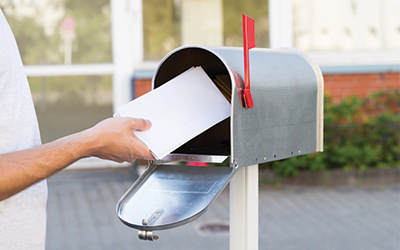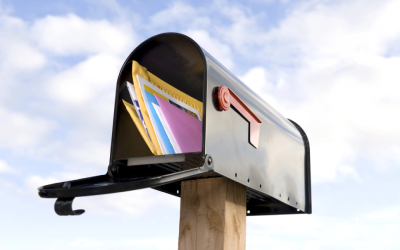Direct marketing success relies on reaching and resonating with a well-targeted audience. That means using the right data to make the right offer to the right prospects at the right time. There is a struggle that has gone on for as long as advertising has existed between staying “top of mind” and crossing the line to intrusion and annoyance. The era of relatively inexpensive media channels like email and SMS has exacerbated the latter. The hard work of better targeting and using in-market signals has succumbed all too often to the siren call of “cheap”.
The real costs are lack of relevance and dilution of trust. Two things no marketer of any stripe can afford. All of us can tell when a postcard arrives at our doorstep, or an email pops up in our inbox whether or not the sender really knows who they are reaching, what we need, and when. If it doesn’t pass the test, into the trash it goes.
This brings us to reach and frequency. The question looms large for any campaign as to whether it is better to reach more prospects once or fewer prospects many times. It applies to direct selling as much as brand building. Too often the default approach is to err on the side of blanket coverage. This can become wasteful, particularly if a purchased list is involved. EDDM is great for reach, but postal costs can still go up. Too much ends up in the recycling bin.
For email senders, relentless bombardment risks squandering reputational capital. Messages may languish in the spam folder. Whether purchased or accrued, respect your investment in list data. Make sure it is fresh and accurate – data can account for half your success – then send wisely. Otherwise all the reach and frequency in the world won’t build business.
How Often Should Direct Mail Promotions Be Sent?
Frequency of contact for physical direct mail depends greatly on production costs and postage. Given that, it should follow that direct mail promotions are sent in a more targeted way. Time of year, recency of last purchase, propensity to buy, and more help hone the effort. Perhaps begin with a 21 day cadence. Measure results. Test alternatives, being mindful of the need to stay top of mind, keep offers timely, and drive traffic to online resources which open up new channels for contact.
How often to send emails depends on many factors, including B2C versus B2B. One solution is to actually ask (opt-in contacts) what their preferred frequency is. In any case here are some overall statistics from the DMA as reported by CoSchedule:
- 1X/Month: 18% (B2B), 3% (B2C)
- 2-3X/Month: 37% for both B2B and B2C
- 4-5X/Month: 25% (B2B), 30% (B2C)
- 6-8X/Month: 7% (B2B), 11% (B2C)
- >8X/Month: 5% (B2B), 14% (B2C)
- Don’t Know (???): 7% (B2B), 5% (B2C)
Direct marketing success requires arriving at an appropriate reach/frequency solution. Savvy direct marketers size up the potential market. How many customers do they have? What is known about them? How many more are out there who resemble them in key ways? How wide a net do they want to cast? Is the target universe determined by demographics or firmographics? It could be both, spiced with a measure of psychographic attitudes. This helps produce their ideal customer profile, to yield a context for potential growth.
They can then construct a basic picture of the message-to-response rate for each channel. It comes down to math; conversions achieved divided by promotions sent. The result will resemble a Goldilocks distribution; some targets may be receiving too many promotions, some too few, and some just the right amount. The segments can be honed over time to determine if some customers migrate between needing more promotions and some fewer. At the same time, aspects of personalization can be explored, such as special offers and incentives. Even in the just right zone, response can be enhanced by increasing value.
Know Your Customers
In-market signals help inform the need for greater, or less frequency. Know your market. Is it people who need groceries or office equipment? Retirees on a fixed income looking to save on phone bills or frequent travelers shopping for resort hotels? The cycle of need varies. Get on the same wavelength as your audience. This can make the difference between “Wow, that’s a great deal on (whatever) I need now.” and “Them? Again?” Both of these responses can even be directed at the same sender, who may not be monitoring conversion in a timely way, as in, how many down vests a customer will buy in the current season.
When pursuing direct marketing success in any category, history can be a valuable teacher. Industry benchmarks for lead-to-deal timelines help determine the proper cadence for messaging qualified prospects. Once determined, it’s up to those crafting the offers and content to ensure that this valuable data is used wisely. Reaching the mail/inbox is step one. Achieving opens/clicks is step two. Delivering an “Aha!” moment for your prospects is the grail.




